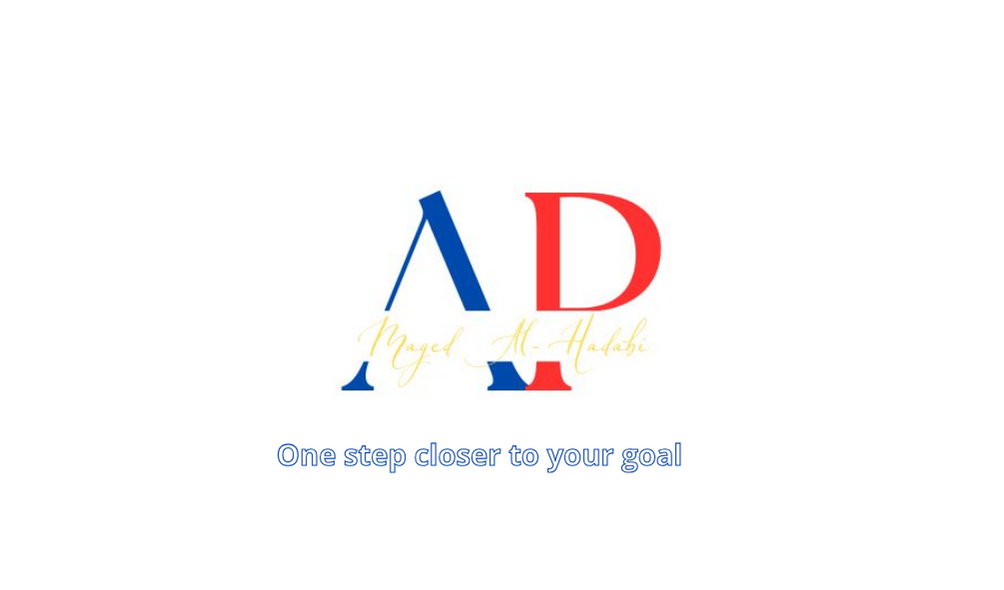The reason for using Airline Alphabet is to avoid pilots and controllers from mishearing each other and potentially creating an accident. in March 1956 the International Civil Aviation Organization (ICAO) adopted a standard phonetic alphabet for aviation use to help avoid confusion with similar-sounding consonants and numbers.
Pilot Alphabet
1- Transmission of words in radiotelephony
Pilots must comply with word spelling in radiotelephony. When proper names, service abbreviations, and words of which the spelling is doubtful are spelled out in radiotelephony the Airline Alphabet is used.
For example, if the pilot read the record locator “ABCDEF,” it will be transmitted as, “Alpha, Bravo, Charlie, Delta, Echo, and Foxtrot.” if the pilot read the record locator “SBRZH”, it will be transmitted as it’s “Sierra, Bravo, ROMEO, Zulu, and Hotel.”
2- Transmission of numbers in radiotelephony
For example, if the pilot read the records of wind direction and speed " 200 degrees 70 knots", it will be transmitted as, “ wind “two” “zero” “zero” degrees “seven” “zero” knots”
Airline Alphabet
If you are not an airline employee, and you want to confirm your booking status. Let us Imagine that the airline's customer services ask you to spell out your booking code “ bv59d” or even my name “ maged ”. It is difficult for both of you to transmit the correct words and numbers. But when both of you understand the airline alphabet code, it is easy, you will say my booking code is “ Bravo” “ Victor” “ Five” “ NIN-ER” or “ Delta”, and spell your name the same way.
THE AVIATION ALPHABET
|
Letter |
Word |
International Phonetic Convention |
Latin Alphabet Representation |
|
A
|
Alfa
|
Refer
to Annex 10, Volume II |
AL FAH |
|
B
|
Bravo
|
Refer
to Annex 10, Volume II |
BRAH VOH |
|
C
|
Charlie |
Refer
to Annex 10, Volume II |
CHAR LEE or SHAR LEE |
|
D
|
Delta |
Refer
to Annex 10, Volume II |
DELL TAH |
|
E
|
Echo |
Refer
to Annex 10, Volume II |
ECK OH |
|
F
|
Foxtrot |
Refer
to Annex 10, Volume II |
FOKS TROT |
|
G
|
Golf |
Refer
to Annex 10, Volume II |
GOLF |
|
H
|
Hotel |
Refer
to Annex 10, Volume II |
HO TELL |
|
I
|
India |
Refer
to Annex 10, Volume II |
IN DEE AH |
|
J
|
Juliett |
Refer
to Annex 10, Volume II |
JEW LEE ETT |
|
K
|
Kilo |
Refer
to Annex 10, Volume II |
KEY LOH |
|
L
|
Lima |
Refer
to Annex 10, Volume II |
LEE MAH |
|
M
|
Mike |
Refer
to Annex 10, Volume II |
MIKE |
|
N
|
November |
Refer
to Annex 10, Volume II |
NO VEM BER |
|
O
|
Oscar |
Refer
to Annex 10, Volume II |
OSS CAH |
|
P
|
Papa |
Refer
to Annex 10, Volume II |
PAH PAH |
|
Q
|
Quebec |
Refer
to Annex 10, Volume II |
KEH BECK |
|
R
|
Romeo |
Refer
to Annex 10, Volume II |
ROW ME OH |
|
S
|
Sierra |
Refer
to Annex 10, Volume II |
SEE AIR RAH |
|
T
|
Tango |
Refer
to Annex 10, Volume II |
TANG GO |
|
U
|
Uniform |
Refer
to Annex 10, Volume II |
YOU NEE FORM or OO NEE FORM |
|
V
|
Victor |
Refer
to Annex 10, Volume II |
VIK TAH |
|
W
|
Whiskey |
Refer
to Annex 10, Volume II |
WISS KEY |
|
X
|
X-ray |
Refer
to Annex 10, Volume II |
ECKS RAY |
|
Y
|
Yankee |
Refer
to Annex 10, Volume II |
YANG KEY |
|
Z
|
Zulu |
Refer
to Annex 10, Volume II |
ZOO LOO |
Pronouncing numbers similar to regular English, with a few exceptions:
The number three (3) is pronounced: “tree.”
The number five (5) is pronounced: “fife.”
The number nine (9) is pronounced: “niner.”
Downloads Airline Alphabet code pdf
|
Number |
Word |
International Phonetic Convention |
Latin Alphabet Representation |
|
1 |
One |
Refer
to Annex 10, Volume II |
(WUN)
|
|
2 |
Two
|
Refer
to Annex 10, Volume II |
(TOO) |
|
3 |
Three |
Refer
to Annex 10, Volume II |
(TREE)
|
|
4 |
Four
|
Refer
to Annex 10, Volume II |
(FOW-ER) |
|
5 |
Five |
Refer
to Annex 10, Volume II |
(FIFE)
|
|
6 |
Six
|
Refer
to Annex 10, Volume II |
(SIX) |
|
7 |
Seven |
Refer
to Annex 10, Volume II |
(SEV-EN)
|
|
8 |
Eight
|
Refer
to Annex 10, Volume II |
(ATT) |
|
9 |
Nine |
Refer
to Annex 10, Volume II |
(NIN-ER)
|
|
0 |
Zero
|
Refer
to Annex 10, Volume II |
(ZEE-RO) |
I hope you find this article useful to share it.


